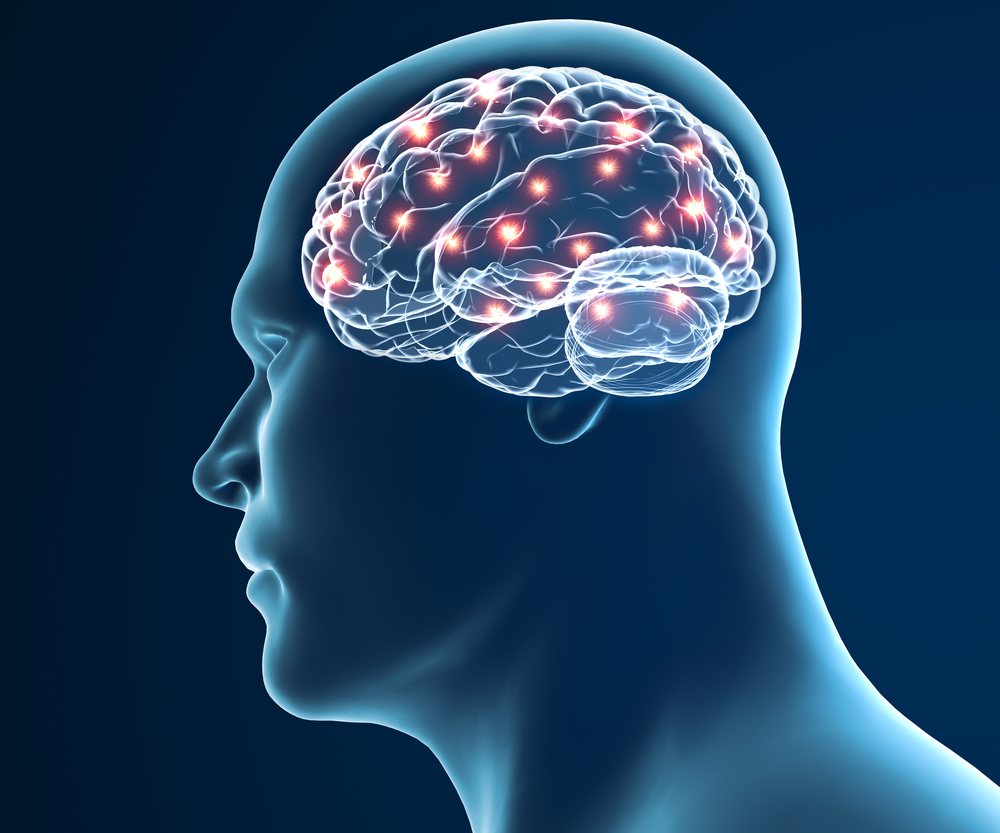Neurofeedback Training Boosts Brain Connections in Huntington’s, Despite Degeneration
Written by |

Neurofeedback training may increase brain connectivity in patients with Huntington’s disease, possibly improving behavior and movement abnormalities, say British researchers at University College London.
Their study, “Stimulating neural plasticity with real-time fMRI neurofeedback in Huntington’s disease: A proof of concept study,” appeared in the journal Human Brain Mapping.
Neurofeedback let patients see activity in a particular brain region while thinking of specific cues. In this way, a patient learns which cues trigger the most activity, and can therefore trigger the development of more connections.
Researchers looked at the so-called supplementary motor area (SMA) in 10 Huntington’s patients. These patients were placed in a brain scanner which measures brain activity, and were instructed to imagine motor tasks while looking at a bar representing activity in the SMA region.
If other types of imagery or strategy worked better to increase the activity in the region, they could use these cues.
The patients had mild or non-existing motor symptoms, since it is difficult to measure brain activity if the head moves. They all had three or four training sessions, in addition to check-ups before and after the training.
The team did note that the training affected activity in the targeted brain area, but that the variability was large; some patients increased activity a lot, while others did not.
After the training, patients were asked to perform a simple motor task while using the cues they knew had the strongest activating effect on their SMA region.
While researchers did not see an overall improvement in the ability to perform the motor task in the group as a whole, they noted that patients who succeeded in voluntarily activating their SMA brain region performed better.
Eight out of 10 patients also improved their scores on a test battery measuring cognitive and motor capacity, after the training.
This suggests that training may improve motor performance, at least in some patients.
Interestingly, improvements were not linked to more connections in the targeted SMA region, but rather in other regions. Researchers believe that this mirrors a secondary effect, where improved connectivity in one region boosts other areas through longer distance brain networks.
While the study was small, researchers believe that their findings can inform the design of larger studies of neurofeedback in Huntington’s disease.
As the method is non-invasive, it could be used along with other treatments, should researchers provide sufficient evidence of its effectiveness.





